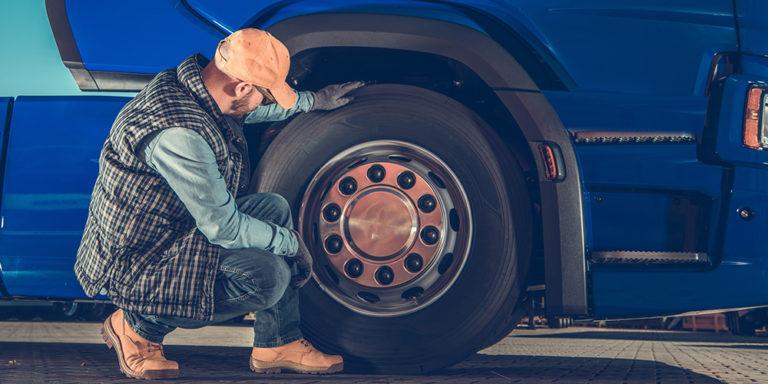How to Buy a Used Truck
February 21st, 2022
By Arrow Truck Marketing
Thinking about new equipment for your business? Want to upgrade the equipment you already own? If you have considered investing in a new rig and don’t know where to begin, your search starts here.
Finding the Right Rig
The best place to start with any major investment is to ask yourself questions. What do you plan to use your truck for? How much do you have to spend? If you want to upgrade, make a list of improvements you would make to the current equipment you have. This should give you a clearer picture of what make and model you should buy to meet your needs and your budget.
Research for the Right Truck
Finding the right truck will also require you to do some research. Use reputable sources online to research what trucks are available. Read multiple sites and reviews to compare and come to your own conclusions about which truck is best for you, based on your individual needs.
Many tools online will give you access to used car and truck information. You should get access to as much information as you can before going through with the purchase. You will want to know the history of the truck—like if it has experienced any major accidents. Check Kelley Blue Book or NADA guides to search the make and model of the truck you want and get its current value. This information will help you later if you need to negotiate the price.
Get the Truck’s Financial History
If you want to buy from an independent seller, you may want to get access to the truck’s financial history. Be cautious in these dealings to avoid scams. The truck could be worthless if it’s technically owned by a bank or has been stolen. The best way to ensure that you are making a good deal is to buy a used truck from a dealership.
Take It for a Spin
Now you’ve done the hard part: deciding what you need. So now you need to put your truck to the test. If you buy from a dealership, contact them to make sure they have the one you want available to look at. When you go in for your test drive, prepare yourself with questions and concerns you might want cleared up.
The dealer can usually provide the best solutions because they are the experts and work with many individuals who have varying demands and preferences. Discuss what you are looking for and be open to their ideas and insights—they might think of something you hadn’t or offer a better fit.
Inspect the trucks you may want to buy and take them for a drive, and don’t feel pressured to make any snap decisions right after your test drive. You will want to have the one you choose inspected before signing any paperwork.
Have It Inspected
Unless you have the expertise to conduct a thorough inspection yourself, you should have a mechanic look over the truck you want to ensure it passes inspection.
Here are some of the main things to look over on the body and in the cab:
Examine the frame for cracks, welds, bends, or rust.
Inspect the fuel lines for potential leaks.
Inspect the windshield for any chips or cracks.
Test the windows, mirrors, door, locks, radio, and adjust the seat to make sure everything is in good working condition.
Check wiring and hoses for loose connections or corrosion.
Examine fuel tank traps for wear, slippage, and leaks.
Examine headlights to make sure they are clear and not rusty.
Make sure that the oil tube is free from condensed water vapor.
Inspect the fifth wheel lock, as well as, the trailer service lines and glad-hands connectors.
You will also need to check the brakes, suspension, and tires to make sure they meet safety standards. Commercial trucks operate more like a piece of heavy machinery than an ordinary car, so you should err on the side of caution and always have a mechanic check it over.
Negotiate the Price and Finance
This last step of actually finalizing your purchase will vary depending on who you buy your truck from. You may have better luck negotiating the price with an individual seller. But you may have an easier time getting financing when you go through a dealer.
Provided that you did your homework and had the tuck inspected, you have the ability to negotiate a fair deal. You can present the dealer with the Kelley Blue Book estimated value and come to terms with any repairs that the truck needs to be reliable and safe. For example, the dealer might keep the price the same, but agree to put new tires on.
Next, you will need to choose a bank or lender and make a down payment. Your financial institution will need documentation, like your CDL, credit score, and annual income. Once you are approved, you can finalize the documents and pat yourself on the back—you did it. You are the proud new owner of a great truck.

